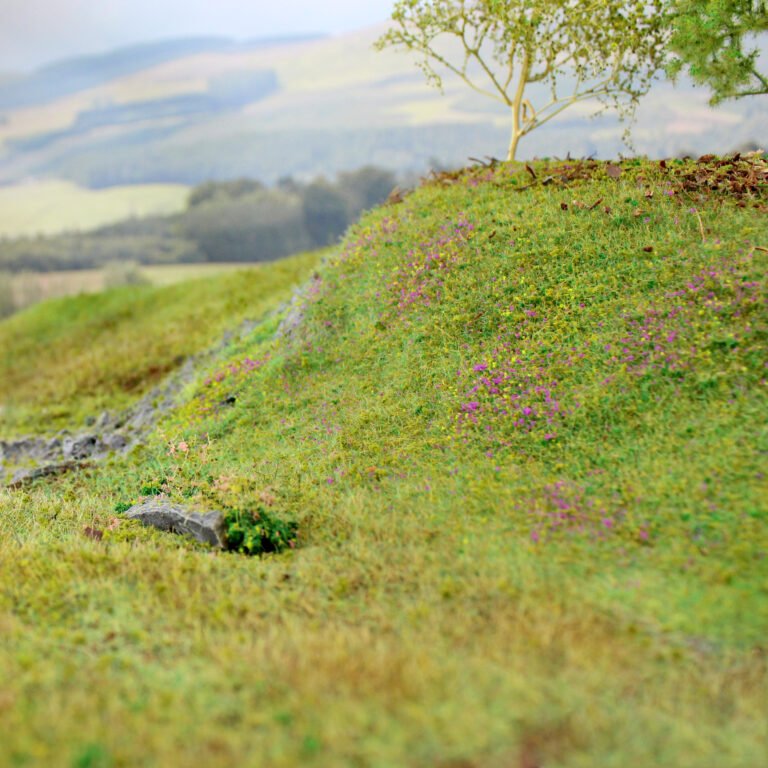SpitfireAce
SMF Supporter
- Joined
- Feb 14, 2019
- Messages
- 43
- Points
- 18
- First Name
- Tom
I just received my static grass applicator today. I've never tried static grass before and I am at a loss as to which colour/size to use in my diorama(s). The diorama I am building now is 1/35 scale and includes a WWII European country road running through a village with a low grass field/plateau in the background. Can someone give me a clue as to what size of grass to use (grass also running along the side of the road) and what colour I should use? (summer season). I did some research but saw I had a choice of grasses from 2mm to 12mm  and colours ranging from brown (burnt grass) to dark green and many in-between. (I was going to go with 6mm and medium green but thought I had better seek some advise before I make an ill-informed choice and avoid any regrets.)
and colours ranging from brown (burnt grass) to dark green and many in-between. (I was going to go with 6mm and medium green but thought I had better seek some advise before I make an ill-informed choice and avoid any regrets.)
Thanks. Cheers, Tom
 and colours ranging from brown (burnt grass) to dark green and many in-between. (I was going to go with 6mm and medium green but thought I had better seek some advise before I make an ill-informed choice and avoid any regrets.)
and colours ranging from brown (burnt grass) to dark green and many in-between. (I was going to go with 6mm and medium green but thought I had better seek some advise before I make an ill-informed choice and avoid any regrets.)Thanks. Cheers, Tom



 . As a quickie fix, for moss you can use the dust from your grass as a starter.
. As a quickie fix, for moss you can use the dust from your grass as a starter.